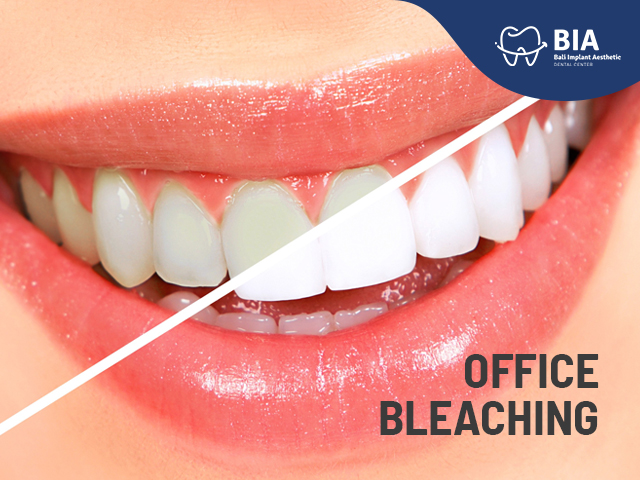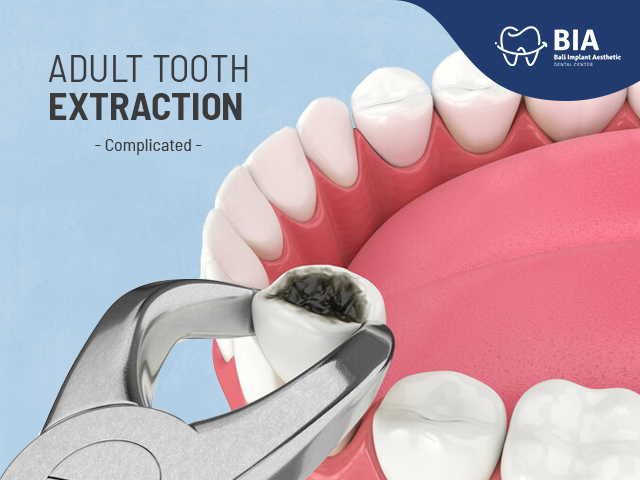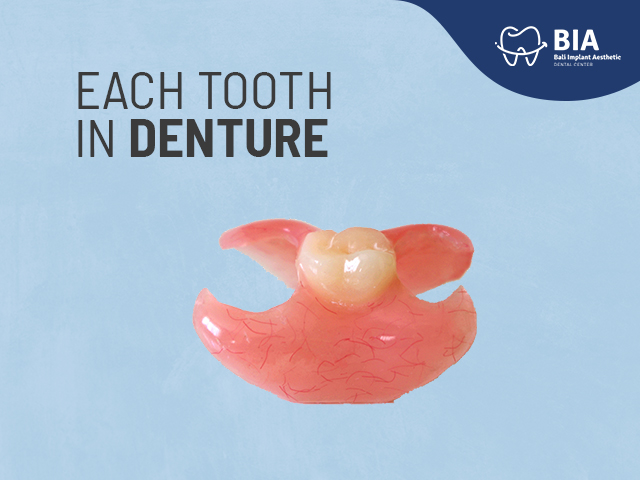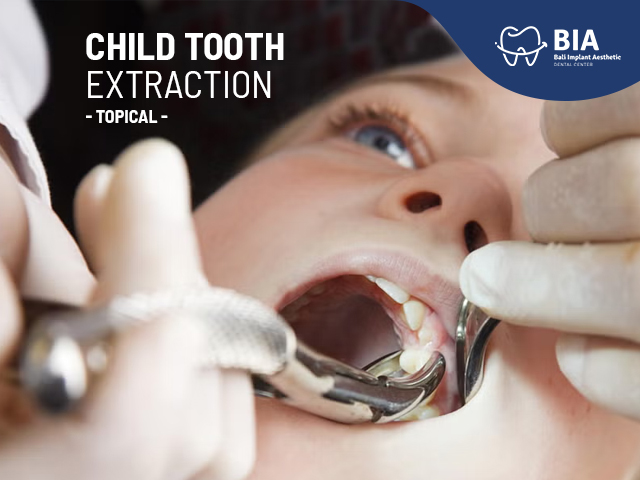Effects of Watching TV on Dental Caries
Article | 2020-07-29 08:46:25
Effects of Watching TV on Dental Caries
Research shows a strong relationship between the time spent watching TV everyday by school children and its effects on dental caries. School children who watch TV for more than 90 minutes are more likely to consume foods that cause dental caries and have higher caries levels. These children more often buy or ask their parents to buy food products that are watched on TV commercials. Food product advertisements have an influence on the development of unhealthy eating habits in childhood and adolescence by directing their food choices towards foods with low nutritional value, only after a brief broadcast by a TV ad.
The results showed that one third of food and beverage advertisements mostly had high sugar levels, and were advertised for 14 hours every day and more often during school holidays. The portion of advertisements for healthy foods, such as fresh food is only in 4% of advertisements, while fruits and vegetables were not found in the study. Similar results were found in a study analyzing 432 hours of programming on three TV channels and found that more than 50% of food advertisements included foods containing fat and sugar, with a higher frequency at night. Fruit and vegetable ads were also not found. Likewise, in other studies, higher frequencies of high sugar food advertisements were aired during school holidays.
Most school children use TV as a form of entertainment, especially at night, so the majority of ad exposure occurs at that time. The pattern of children and adolescents has changed over the years. Now, TV is present in the bedroom and can be connected to smartphones, tablets and notebooks, which allows children to watch TV at different times. In addition, advertisements for foods that are thought to cause dental caries are often aired at other intervals where children also watch TV.
Compared to parents who are not affected by TV commercials, parents who buy food that is affected by TV commercials have school-age children who are more likely to consume cariogenic food in front of TV and have higher rates of dental caries. The availability of food for family consumption is directly influenced by the choices made by parents at the time of purchase.
The results showed that school children who consumed foods that could potentially cause dental caries while watching TV were more likely to cause illness than those who consumed noncaryogenic foods.
Always consult your dental and oral health problems with the best dentists and dental clinics in Bali.
BIA Dental Center
Jl. Sunset Road No.86A, Seminyak, Badung, Bali Indonesia 80361.
+6282139396161
Source:
Al‐Mazyad, M., Flannigan, N., Burnside, G., Higham, S., & Boyland, E. (2017). Food advertisements on UK television popular with children: A content analysis in relation to dental health. British Dental Journal, 222(3), 171– 176. https://doi.org/10.1038/sj.bdj.2017.120
Almeida, S. S., Nascimento, P. C. B. D., & Quaioti, T. C. B. (2002). Amount and quality of food advertisement on Brazilian television. Revista de Saúde Pública, 36(3), 353–5 – A1.
Barr‐Anderson, D. J., Larson, N. I., Nelson, M. C., Neumark‐Sztainer, D., & Story, M. (2009). Does television viewing predict dietary intake five years later in high school students and young adults? International Journal of Behavioral Nutrition and Physical Activity, 30, 6– 7.
Borzekowski, D. L., & Robinson, T. N. (2001). The 30‐second effect: An experiment revealing the impact of television commercials on food preferences of preschoolers. Journal of the American Dietetic Association, 101(1), 42– 46. https://doi.org/10.1016/S0002-8223(01)00012-8
Dallazen, C., Da Silva, A. S., Gonçalves, V. S. S., Nilson, E. A. F., Crispin, S. P., Lang, R. M. F., … Vitolo, M. R. (2018). Introduction of inappropriate complementary feeding in the first year of life and associated factors in children with low socioeconomic status. Cadernos de Saúde Pública, 34(2), e00202816. https://doi.org/10.1590/0102-311X00202816
Diaz‐Garrido, N., Lozano, C., & Giacaman, R. A. (2016). Frequency of sucrose exposure on the cariogenicity os a biofilm‐caries model. European Journal of Dentistry, 10, 345– 350. https://doi.org/10.4103/1305-7456.184163
Ghimire, N., & Rao, A. (2013). Comparative evaluation of the influence of television advertisements on children and caries prevalence. Global Health Action, 6, 20066. https://doi.org/10.3402/gha.v6i0.20066
Hawkes, C. (2004). Marketing food to children: The global regulatory environment. Geneva, Switzerland: World Health Organization.
Zeng, X., Sheiham, A., & Sabbah, W. (2014). The association between dental caries and television viewing Chinese adolescents in Guangxi. China. BMC Oral Health., 14, 138. https://doi.org/10.1186/1472-6831-14-138




